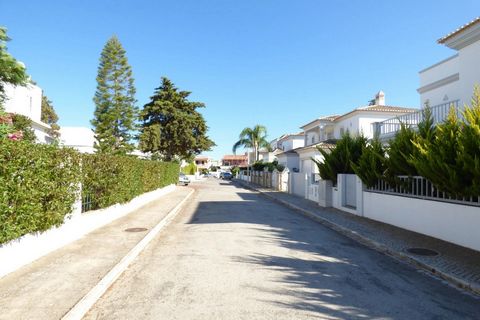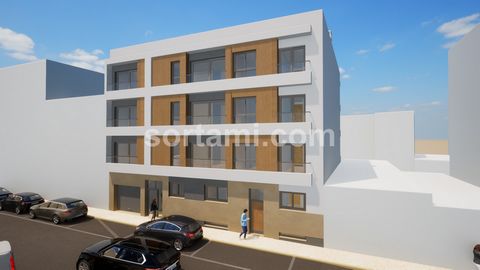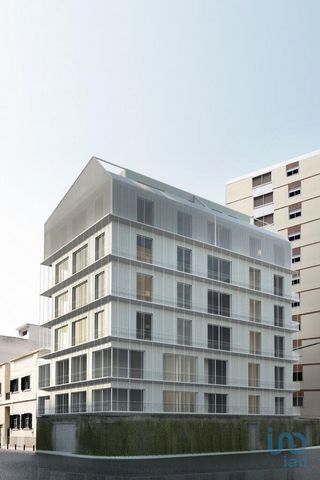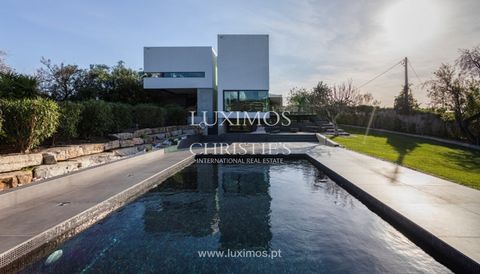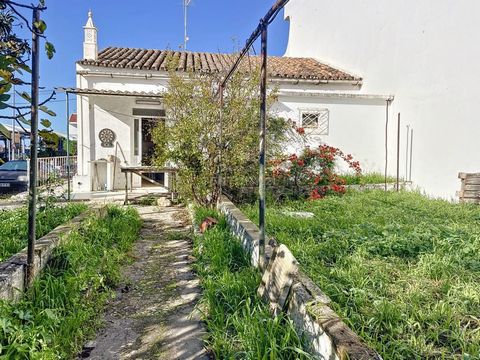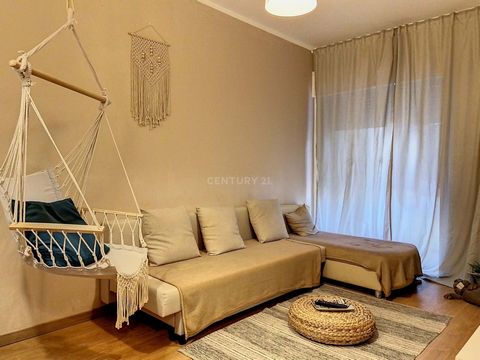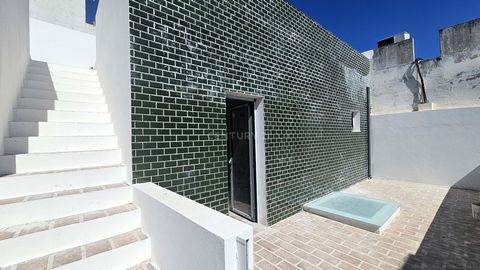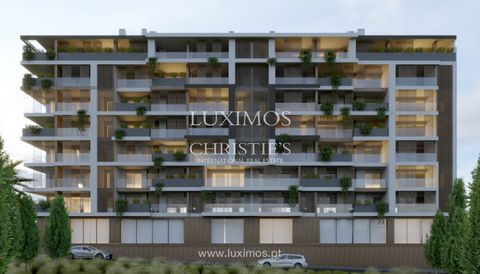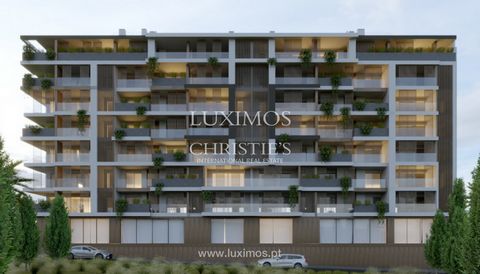Plot of land to build a detached house, 200m from the University of Gambelas. Approximately four kilometers from Faro Island. And fifteen minutes from the Quinta do Lago Golf. In this plot you can build a Villa with a Pool. V6, V7, V8. Its location is unique, close to Faro island, Ria Formosa Natural Park, Gambelas University, and ten fifteen minutes from the center of Faro and Quinta do Lago Golf. About 10 minutes walk, there is the supermarket, pastry shops, restaurants, tennis courts, and the Algarve Private Hospital. Come live or spend holidays 200m from an ecological zone, which allows you to walk or cycle, do sports or stroll to enjoy the beauty of nature. Enjoying a healthy way of life. The municipality of Faro is divided into two distinct areas, the coastline, part of the Parque Natural da Ria Formosa (Nature Park of Ria Forma) and the barrocal, characterized by hills and valleys, populated with typical Algarvan vegetation. The nature park is considered one of the seven natural wonders of Portugal, with a beach that is around 7 km (4 mi) from the downtown. It includes the river and a lagoon system, interspersed with dunes, forming a small islands and peninsulas, that protect a large area of marshes, channels, and islets. The beaches in Faro are situated on the peninsula of Ancão and island of Culatra, along the corridor of the nature park. The park is a rich and complex aquatic ecosystem, consisting of barrier islands, marshes, and channels, comprising sandy shorelines that separate the waters of the Ria Formosa and Atlantic Ocean. The beaches of Faro and Barrinha/Barra de São Luís, are located on the Ancão peninsula, the beach of Barreta on the Ilha Deserta, and the beaches of Farol and Culatra are located on the Ilha Culatra. The barrier islands are separated by tidal flats and shallows, including (from west to east) the Barra do Ancão/Barra de São Luís, the Barra de Santa Maria/Barra do Farol, and the Barra da Culatra/Barra da Armona (in the municipality of Olhão). Annually, many species of aquatic migratory birds transient northern Europe and nest there during the winter. These include flamingos, terns, pied avocets, Eurasion wigeons, and common chaffinches. Within the town are gardens and open spaces, among which are the Manuel Bivar Garden, Alameda João de Deus Garden, and the Mata do Liceu. The variety of species and natural conditions result in the region being a popular ecotourism zone, promoting birdwatching, boating trips into the delta, kayaking along the Ria Formosa, pedestrian trails, and biking tours, accompanied by nature guides. The municipality is crossed by the southern Ecovia do Algarve, a bicycling circuit that connects the Algarve to the rest of Europe. Climate Faro has a hot-summer Mediterranean climate (Köppen: Csa), moderated by a transitioning Portugal-Canary current giving a certain resemblance to Southern California that is not heated in the summer by the Mediterranean Sea like Algarve. Summers are warm to hot and sunny with average daytime maximum temperatures of 2735 °C (8195 °F). Summer warmth can linger well into October. The weather in the winter is generally mild by European standards, managing around 6 hours of sunshine each day, with temperatures averaging around 816 °C (4661 °F) in the coldest month. The city receives most of its rainfall over the winter; rain is scarce between June and September. The annual average temperature is around 17.5 to 18.5 °C and the annual rainfall is around 500 millimetres (19.69 in). The average sea temperature is 1617 °C (6163 °F) in January rising to 2224 °C (7275 °F) in August and September. Higher sea water temperatures are reached. With over 3000 hours of sunshine a year, Faro is often regarded as the sunniest city in Europe.
